The average temperature in August in China was 22.6 C, or 1.5 C higher than the same period in a typical year, marking the highest for the month since 1961, according to a meteorological official.
Addressing a news conference convened by the China Meteorological Administration on Thursday, Jia Xiaolong, deputy director of the National Climate Center, said during August, the northern regions experienced frequent and severe heavy rainfall while southern regions saw prolonged widespread high temperatures.
Most parts of the Jianghuai and Jiangnan areas, as well as Chongqing and eastern Sichuan province, experienced more than 15 days of high temperatures, he said.
Jianghuai refers to the area around the lower reaches of the Huaihe River and the Yangtze River in Jiangsu, Anhui and Henan provinces, while Jiangnan refers to the area south of the Yangtze River.
"Eighteen national meteorological stations, including Yiwu station in Zhejiang province, recorded daily maximum temperatures that reached or exceeded historical records," Jia added.
The Yiwu station recorded a daily maximum temperature of 42.8 C during August.
In terms of rainfall, Jia said the national average precipitation last month was 97.3 millimeters, 9.2 percent less than the same period in a normal year, with more precipitation in the north and less in the south.
He added that 101 national meteorological stations reached extreme threshold standards for daily precipitation, with 14 stations breaking historical records.
A meteorological station in Yangshan township, Liaoning province, hit a daily precipitation record of 241.2 mm last month.
In the next 10 days, the CMA forecasts that northern China will experience three precipitation events, primarily light to moderate rain, and the Sichuan Basin, Jiangnan area and the northern parts of South China are expected to experience five to 10 days of high temperatures ranging from 35 to 38 C, with some areas reaching 39 to 40 C.
Cumulative precipitation in the areas along the Tianshan Mountains in the Xinjiang Uygur autonomous region, Northwest China, central and western parts of the Inner Mongolia autonomous region, northern parts of North China, and eastern and southern parts of Northeast China will be 30 to 60 mm, with some areas receiving precipitation reaching 80 to 110 mm.
"The accumulated rainfall in these regions is 20 to 70 percent higher than the same period in a normal year, with some even doubling the normal amount," Jia noted.
He warned that intense rainfall and continuous rainy weather in these areas may trigger disasters and have adverse effects on the autumn harvest.










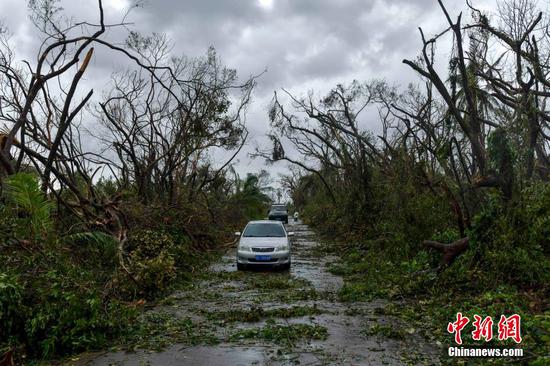

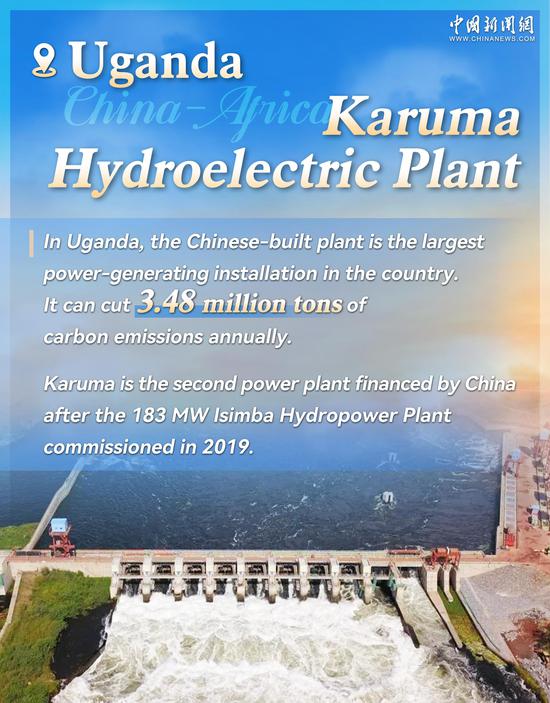











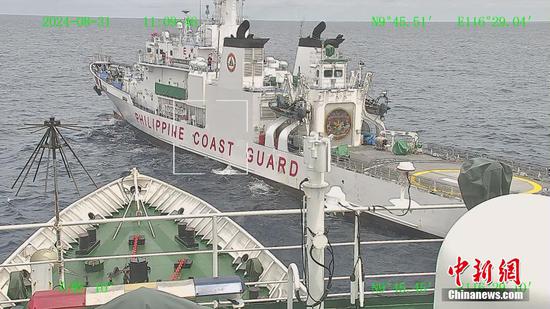

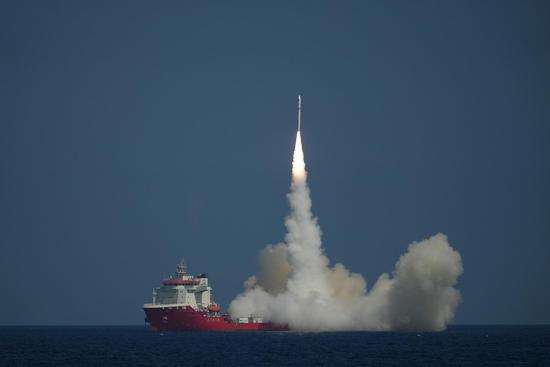



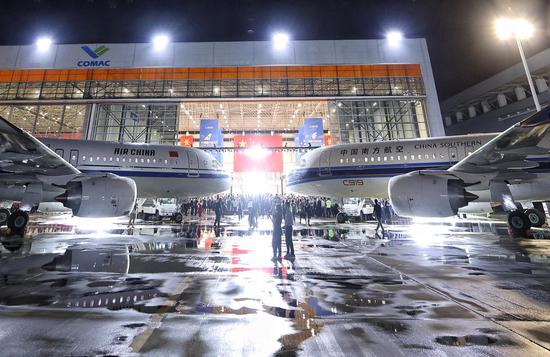

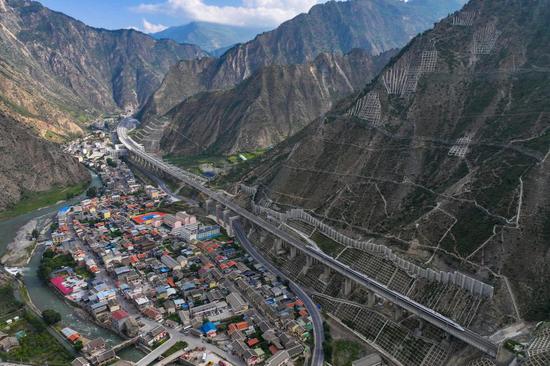





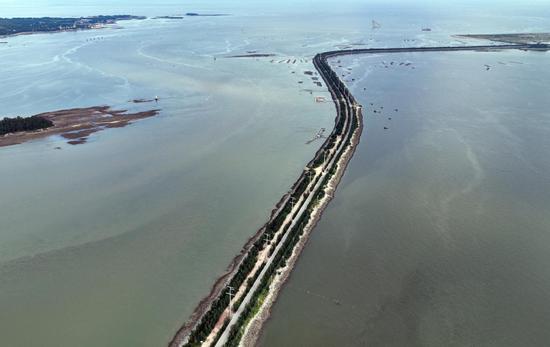











 京公网安备 11010202009201号
京公网安备 11010202009201号